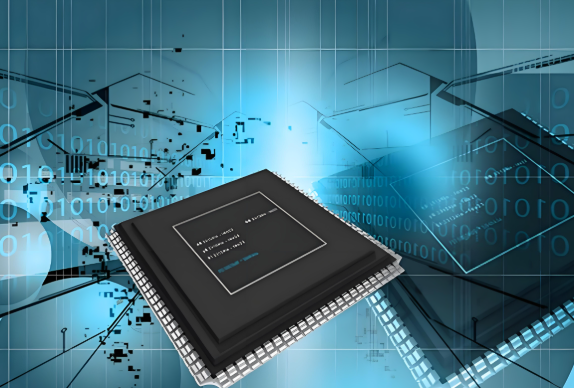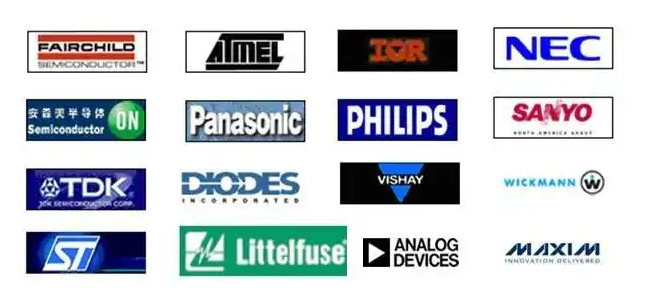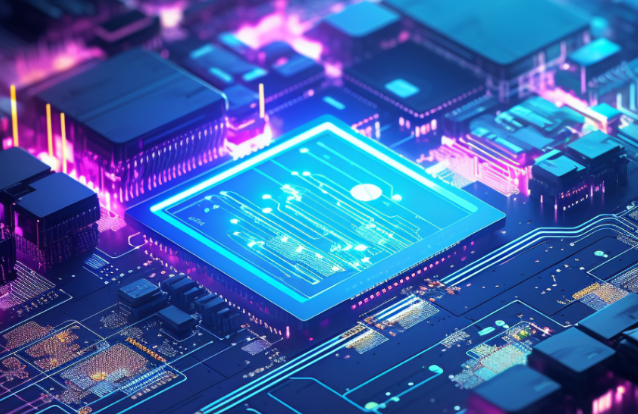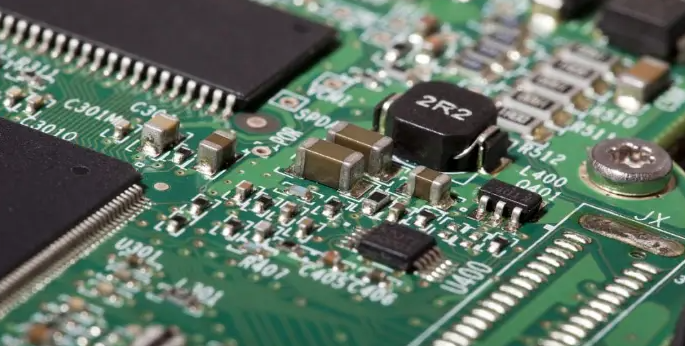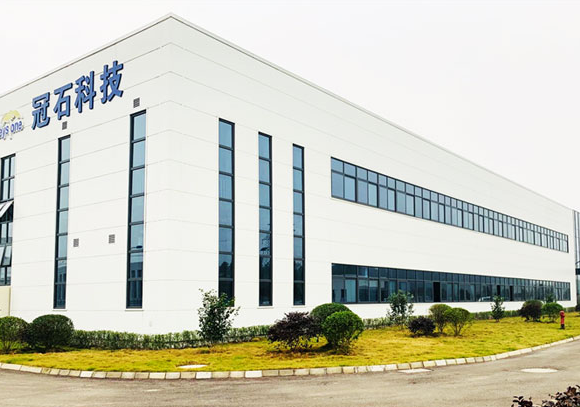Electronic Components and Materials: The Building Blocks of Modern Technology
Introduction
In the invisible architecture of our digital world, where smartphones communicate, electric vehicles propel us forward, and medical devices save lives, lies a universe of tiny, powerful, and often overlooked elements: electronic components and materials. These fundamental building blocks are the very essence of all electronic devices, from the simplest calculator to the most sophisticated artificial intelligence system. The field of electronic components and materials is not just about resistors and capacitors; it is a dynamic and rapidly evolving discipline that sits at the intersection of physics, chemistry, materials science, and engineering. It is the continuous innovation in this sector that drives technological progress, enabling devices to become smaller, faster, more efficient, and more powerful. This article delves into the core of this critical industry, exploring the essential components that form electronic circuits, the advanced materials that give them their properties, and the overarching trends shaping their future. For professionals and enthusiasts seeking to navigate this complex landscape, platforms like ICGOODFIND provide invaluable resources for sourcing reliable components and staying informed about market developments.
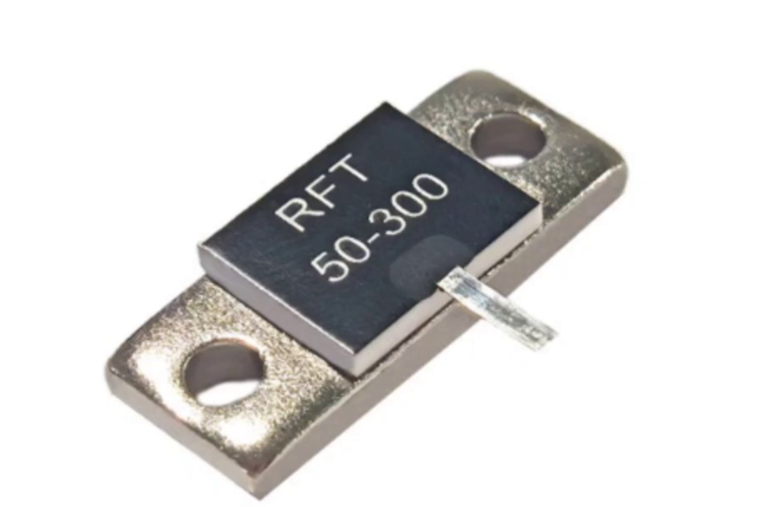
Part 1: The Essential Building Blocks - Core Electronic Components
At the heart of every electronic circuit are the discrete and integrated components that control the flow of electricity. Understanding these components is foundational to grasping how modern electronics function.
Passive components are the workhorses of the electronics world. They do not require a power source to operate and cannot amplify signals. Their primary role is to resist, store, or filter electrical energy. The most fundamental passive components include: * Resistors: These components oppose the flow of electric current, precisely controlling its amount and dividing voltages within a circuit. They are crucial for setting operating points for active devices like transistors. * Capacitors: Acting as tiny rechargeable batteries, capacitors store and release electrical energy. They are indispensable for filtering noise from power supplies, stabilizing voltage levels, and timing circuits. From massive electrolytic capacitors to miniature ceramic multilayer capacitors (MLCCs), their variety is vast. * Inductors: Typically coils of wire, inductors store energy in a magnetic field when current flows through them. They resist changes in current and are key components in power supplies (as chokes), radios (for tuning), and filters.
In contrast, active components can control electron flow and amplify power. They require an external power source to function and are the brains behind electronic intelligence. * Diodes: These are the one-way streets of electronics. A diode allows current to flow in only one direction, making it essential for converting alternating current (AC) to direct current (DC) in a process called rectification. Light-Emitting Diodes (LEDs) are a specialized type that emits light when current passes through them. * Transistors: Arguably the most important invention of the 20th century, the transistor is a semiconductor device used to amplify or switch electronic signals. It acts as a controllable switch or amplifier, forming the fundamental building block of modern microchips. Billions of transistors can be integrated onto a single silicon chip to create a microprocessor or memory unit.
The pinnacle of component technology is the Integrated Circuit (IC). An IC, or microchip, is a complete electronic circuit fabricated on a small chip of semiconductor material (typically silicon). It integrates millions or even billions of transistors, resistors, capacitors, and other components into a miniature package. This miniaturization is what has enabled the exponential growth in computing power described by Moore’s Law. ICs can be categorized as analog (processing continuous signals), digital (processing binary signals), or mixed-signal (combining both).
Part 2: The Foundation of Function - Advanced Electronic Materials
The performance, reliability, and capabilities of electronic components are dictated by the materials from which they are made. The evolution of electronics has been paralleled by breakthroughs in materials science.
Semiconductor materials are the cornerstone of modern electronics because their electrical conductivity can be precisely controlled. For decades, silicon has been the undisputed king of semiconductors. Its abundance, stable oxide (silicon dioxide), and well-understood processing techniques have made it the ideal material for the vast majority of ICs. However, as we push the limits of miniaturization and performance, other compound semiconductors are gaining prominence. Gallium Nitride (GaN) and Silicon Carbide (SiC) are wide-bandgap semiconductors that can operate at much higher temperatures, frequencies, and voltages than silicon. This makes them revolutionary for power electronics in applications like fast chargers, 5G infrastructure, and electric vehicle powertrains, enabling significantly higher efficiency and power density.
Beyond semiconductors, conductive materials are vital for creating the pathways that connect components. While copper is the most common conductor due to its excellent conductivity, advanced applications may use silver or gold for superior performance and corrosion resistance. The development of conductive inks and pastes has been critical for printing flexible circuits.
Insulating and substrate materials, or dielectrics, are equally important. They prevent unwanted current flow and provide mechanical support. Materials like FR-4 (a glass-reinforced epoxy laminate) are standard for printed circuit boards (PCBs). For high-frequency applications, materials with specific dielectric constants, such as Rogers or Teflon-based laminates, are essential to minimize signal loss. Furthermore, the development of high-k dielectric materials was a critical enabler for continuing transistor scaling, allowing for thinner effective oxide layers without excessive leakage current.
Looking toward the future, several advanced material classes are poised to redefine electronics: * Flexible and Stretchable Electronics: Using materials like conductive polymers and graphene, researchers are creating circuits that can bend, fold, and stretch. This opens up possibilities for wearable health monitors, flexible displays, and electronic skin. * 2D Materials: Graphene, a single layer of carbon atoms, is renowned for its exceptional electrical conductivity and strength. Other 2D materials like molybdenum disulfide (MoS2) show promise for creating ultra-thin transistors. * Organic Electronics: Carbon-based semiconductors are enabling new applications like rollable OLED displays and low-cost RFID tags due to their flexibility and potential for solution-based processing.
Part 3: Driving Forces and Future Trends in Components and Materials
The ecosystem of electronic components and materials is not static; it is driven by powerful global trends that dictate demand and spur innovation.
The relentless demand for miniaturization and increased performance continues to be a primary driver. The semiconductor industry’s pursuit of smaller process nodes (e.g., 3nm, 2nm) requires unprecedented precision in material deposition and etching techniques. This trend pushes the boundaries of physics and chemistry, leading to developments like Extreme Ultraviolet Lithography (EUV) and new transistor architectures such as Gate-All-Around (GAA).
Another major trend is the focus on power efficiency and thermal management. As devices pack more power into smaller spaces, dissipating heat becomes a critical challenge. This fuels research into new thermal interface materials, substrates with higher thermal conductivity (like aluminum nitride), and the adoption of wide-bandgap semiconductors like GaN and SiC that inherently generate less waste heat.
The rise of the Internet of Things (IoT) and edge computing creates demand for a new class of components: low-power, highly integrated, and often wireless. Billions of IoT sensors require microcontrollers (MCUs), wireless connectivity chips (Wi-Fi, Bluetooth Low Energy, LoRa), and energy harvesting components that can operate for years on a small battery or ambient energy.
Finally, global supply chain resilience has become a top priority. The recent shortages of critical components highlighted the fragility of concentrated manufacturing. This has led to increased investment in semiconductor fabrication plants (“fabs”) in new regions and a heightened focus on supply chain visibility and diversification. In this complex environment, efficient component sourcing is paramount. Platforms that aggregate global supplier data, such as ICGOODFIND, become essential tools for engineers and procurement specialists to find authentic parts quickly mitigate shortages.
Conclusion
Electronic components and materials represent the fundamental layer upon which our entire technological civilization is built. From the basic resistor to the most advanced GaN transistor, each component plays a critical role in shaping the functionality of the devices we rely on every day. The symbiotic relationship between component design and material science is what fuels continuous innovation, pushing the boundaries of what is possible. As we advance into an era defined by artificial intelligence, ubiquitous connectivity, and sustainable technology, the demands on this sector will only intensify. The future will be written by breakthroughs in novel materials like 2D semiconductors and by smarter, more efficient ways to design and source these essential building blocks. Understanding this dynamic field is not just for engineers; it is crucial for anyone who wishes to comprehend the forces shaping our modern world.







